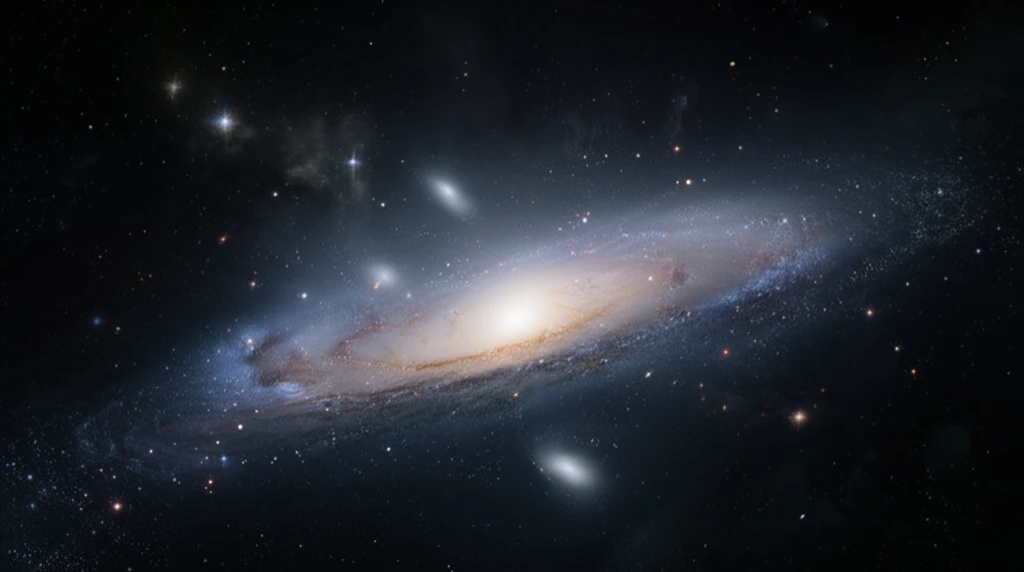
Beyond Einstein: How Light Bending Could Rewrite the Laws of the Universe
"A Deep Dive into 2PN Approximation and What It Means for Our Understanding of Gravity"
For centuries, humanity’s understanding of gravity has been shaped by the theories of Isaac Newton and Albert Einstein. Einstein’s theory of general relativity, in particular, has stood as a cornerstone of modern physics, accurately predicting various phenomena from the bending of light around massive objects to the existence of gravitational waves. However, as technology advances and scientists probe the universe with increasing precision, the quest to refine and expand upon these foundational theories continues.
In the realm of astrophysics and cosmology, the accuracy of our measurements has reached unprecedented levels. Space-based missions like Hipparcos and Gaia have provided astrometric data with precisions reaching micro-arcseconds, pushing the boundaries of what can be observed and measured. This leap in accuracy demands a corresponding advancement in theoretical models, particularly in how we describe the behavior of light as it traverses the gravitational fields of celestial bodies.
Recent research has delved into the intricacies of light propagation, exploring the second post-Newtonian (2PN) approximation to refine our understanding of how light bends and travels through the gravitational fields of moving objects. This exploration not only tests the limits of Einstein’s theory but also opens new avenues for understanding the fundamental nature of gravity and the structure of the universe.
Decoding the 2PN Approximation: A Cosmic GPS for Light

The 2PN approximation is a sophisticated refinement of Einstein’s theory, accounting for subtle effects that become significant at extremely high levels of precision. Imagine trying to navigate using an old map—it might get you close to your destination, but wouldn't account for road changes or new construction. The 2PN approximation is like updating that map with satellite data, providing a more accurate picture of the gravitational landscape through which light travels.
- Transformations: The solution comprises a set of three transformations (k → σ, σ→ n, and k → n) that analytically adjust for the light's trajectory as it moves through a gravitational field.
- Analytical Solutions: The study provides detailed analytical solutions for these transformations, setting upper limits for each term to ensure accuracy.
- Simplified Transformations: Keeping terms relevant to achieve a goal accuracy of 1 nano-arcsecond in light deflection, researchers have streamlined these transformations, making them more manageable for practical applications.
The Future of Space-Time Mapping: Are We on the Verge of a Gravitational Revolution?
This research into 2PN approximation isn’t just an academic exercise; it's a critical step toward refining our ability to map the universe and understand its fundamental forces. By achieving accuracies down to the nano-arcsecond level in light deflection predictions, scientists are paving the way for more precise measurements of celestial objects, improved tests of general relativity, and potentially the discovery of new physics that lies beyond our current understanding. As we continue to push the boundaries of observational astronomy, these theoretical advancements will be crucial in unlocking the secrets of the cosmos.
